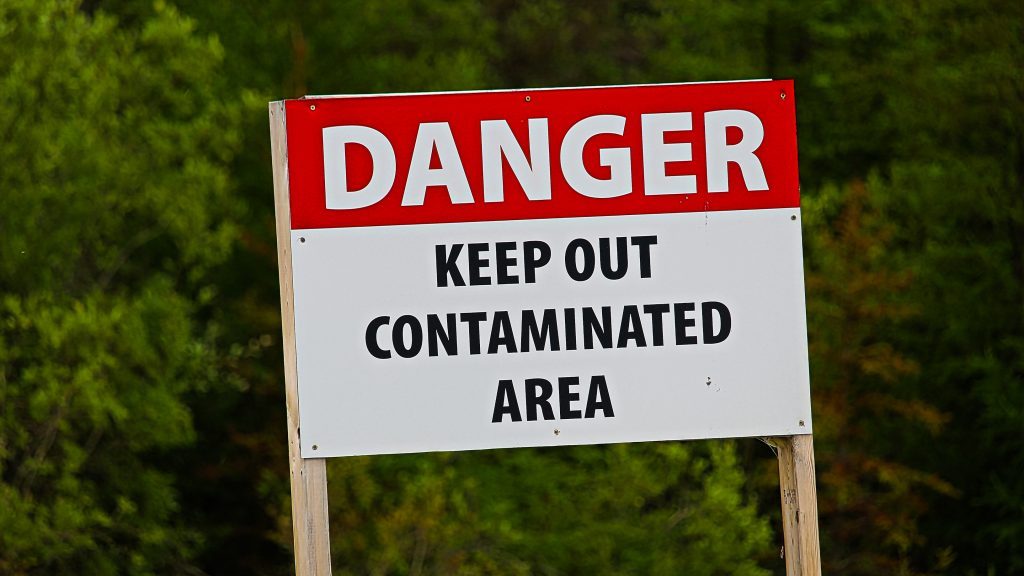Proposed changes to Contaminated Site Regulations (CSR), expected to come into effect in 2020, will capture more contaminated sites but streamline the process for the construction and development industry, said Michael Geraghty, a senior technical adviser for Keystone Environmental Ltd. in Vancouver.
The new regulatory changes focus on key areas such as clarifying sites that could be contaminated, providing greater consistency through municipalities involved with sites, setting out the obligations of site owners and operators, and providing a means for penalties and enforcement of needed clean-up.
A significant change relates to the site disclosure form (formerly called the site profile form) submitted to municipalities and the B.C. Ministry of Environment. The form’s questions, which may order a further contamination investigation by the ministry, have been simplified but also relates to who has the authority to answer questions regarding the site.
Under the current regulations, which were put in place in 1997, no one was specified.
“Anyone could fill out a site profile. It doesn’t restrict who completes it,” Geraghty said, adding it only had to be to be “best of your knowledge.”
The proposed regulation will ensure owners, or in some cases the site operator of a property, have made an effort to determine the site history and whether industries noted for contamination were part of that history.
“It is not enough to say you bought the site a year ago and don’t know what happened there 20 years ago,” said Geraghty.
Both the Environmental Management Act (EMA) and regulations establish the process for identifying contaminated sites in B.C. The provisions established in the EMA and CSR apply to lands used for specific commercial and industrial activities or purposes. The EMA was amended in spring 2019 paving the way for the regulatory changes coming into place sometime in 2020. They pertain to all public and Crown lands, but not federal or Indian reserve lands. The regulations will also apply to treaty lands that have adopted the site profile process under the EMA and CSR and related legislation.
The EMA sets out actions that may trigger the requirement for submission of a site disclosure form to the environment ministry either directly (for site decommissioning or foreclosure proceedings) or via local government (for applications for subdivision, development, development variance, zoning, demolition or soil removal).
The thrust of the new regulation is to capture those sites where proposed redevelopment or significant upgrades in land use are occurring.
Geraghty said under the current regulations many developments were caught in minor changes. The proposed regulations provide clarification for exemptions such as minor lot line or zoning adjustments, utility maintenance, paving, fencing, signage and landscaping from mandatory submission. These minor development uses would often trigger the need to file a site profile, leading to delays to work onsite, Geraghty said.
Another proposal will be see all municipalities in B.C. participate in the process of dealing with contaminated sites in their area. In the current regulations there is the ability to opt out and let the ministry deal with them. According to the ministry, in its regulation proposals, there are 42 municipalities in B.C. that are opted out of the process and while the ministry expected the municipalities to have some processes in place to deal with contaminated sites, often it was not the case.
“They will no longer be able to opt out,” said Geraghty, which will provide more uniformity. Municipalities, especially smaller ones, will now need to build expertise in how to deal with these sites, while large municipalities such as Vancouver already have systems in place.
“When it comes to issuing permits, they will have to ensure the processes are followed,” he said, and that any potential contamination is cleaned up before an occupancy permit can be issued.











Recent Comments